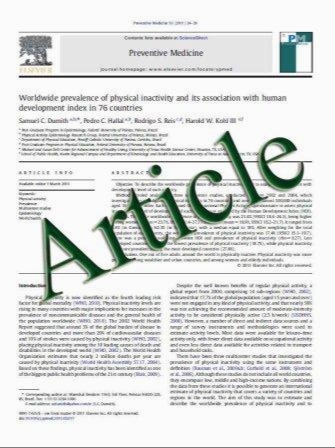Open-Label Randomized Trial of the Safety and Efficacy of a Single Dose Conivaptan to Raise Serum Sodium in Patients with Traumatic Brain Injury
- نوع فایل : کتاب
- زبان : انگلیسی
- مؤلف : Christopher Galton • Steven Deem • N. David Yanez • Michael Souter • Randall Chesnut • Armagan Dagal • Miriam Treggiari
- چاپ و سال / کشور: 2011
Description
Background Conivaptan is an arginine-vasopressinreceptor antagonist approved for the treatment of hyponatremia. We hypothesized that administration of conivaptan to normonatremic patients with traumatic brain injury (TBI) is safe and could reduce intracranial pressure (ICP). Methods Open-label, randomized, controlled trial enrolling 10 subjects within 24 h of severe TBI to receive a single 20 mg dose of conivaptan (n = 5) or usual care (n = 5). The primary endpoint was the evaluation of the safety profile defined by serum sodium increases averaging >1 mEq/h when measured every 4 h and any adverse events. Secondary endpoints were 48-h serum sodium, sodium load, change in ICP, and urine output. Results Ten patients were included in the intention-totreat analysis. Three patients (2 conivaptan, 1 usual care group) experienced brief sodium increases averaging >1 mEq/h, with no patients achieving Na >160 mEq/l. There were no drug-related serious adverse events. At 48 h, the mean sodium was 142 ± 6 mEq/l (conivaptan) and 144 ± 10 mEq/l (usual care, P = 0.71). 48-h sodium load was 819 ± 724 mEq in the conivaptan and 1,137 ± 1,165 mEq in the usual care group (P = 0.62). At 4 h, serum sodium was higher (P = 0.02) and ICP was lower (P = 0.046) in the conivaptan compared with usual care group. 24-h but not 48-h urine output was different between the two groups (P < 0.01 and P = 0.20, respectively). Conclusions These data suggest that a single dose conivaptan is safe in non-hyponatremic patients with severe TBI and may reduce ICP. Further studies are needed to establish the effect of conivaptan on clinically relevant endpoints, and its role in the management of intracranial hypertension.
Neurocrit Care (2011) 14:354–360 DOI 10.1007/s12028-011-9525-8 Published online: 16 March 2011


